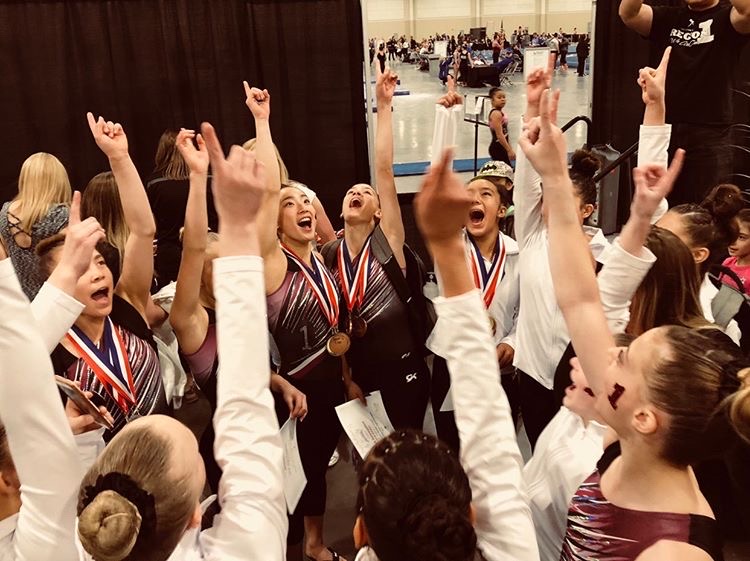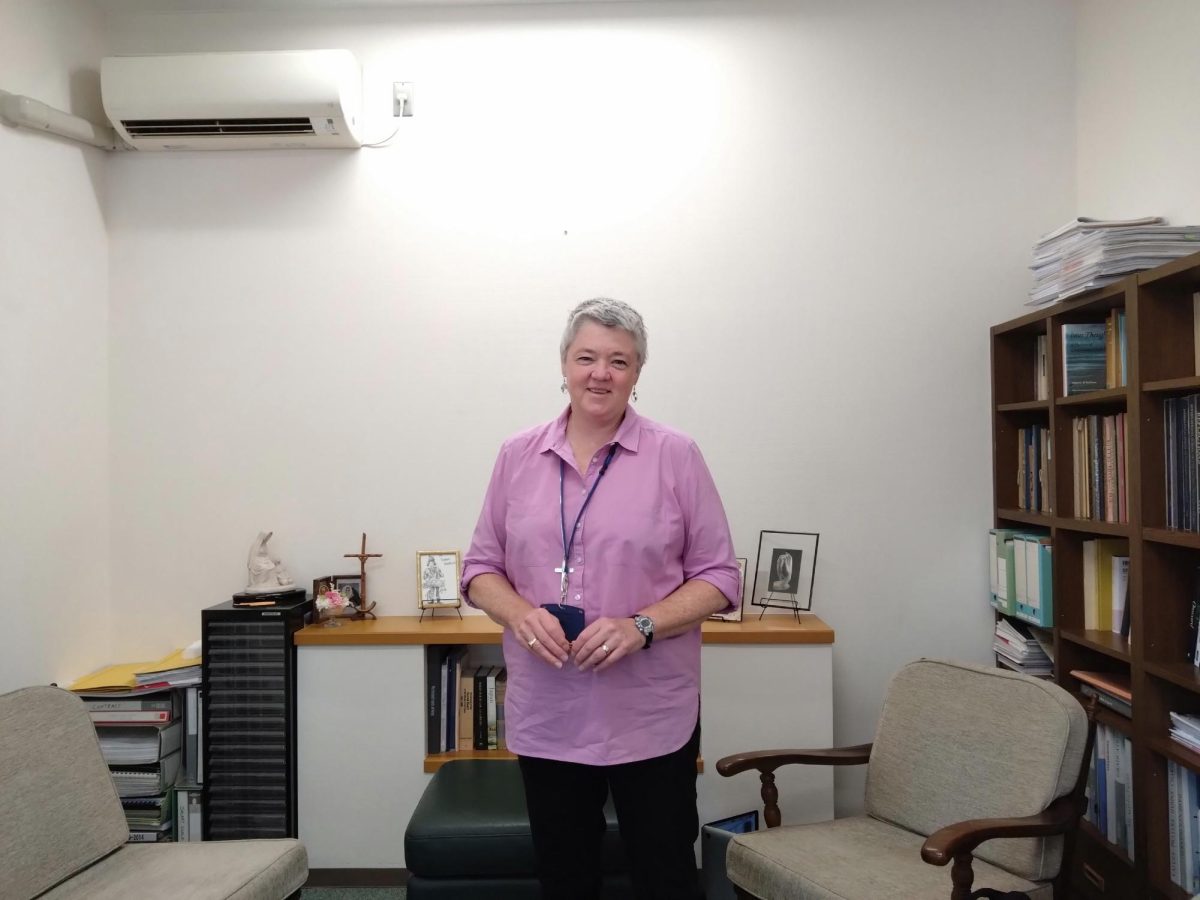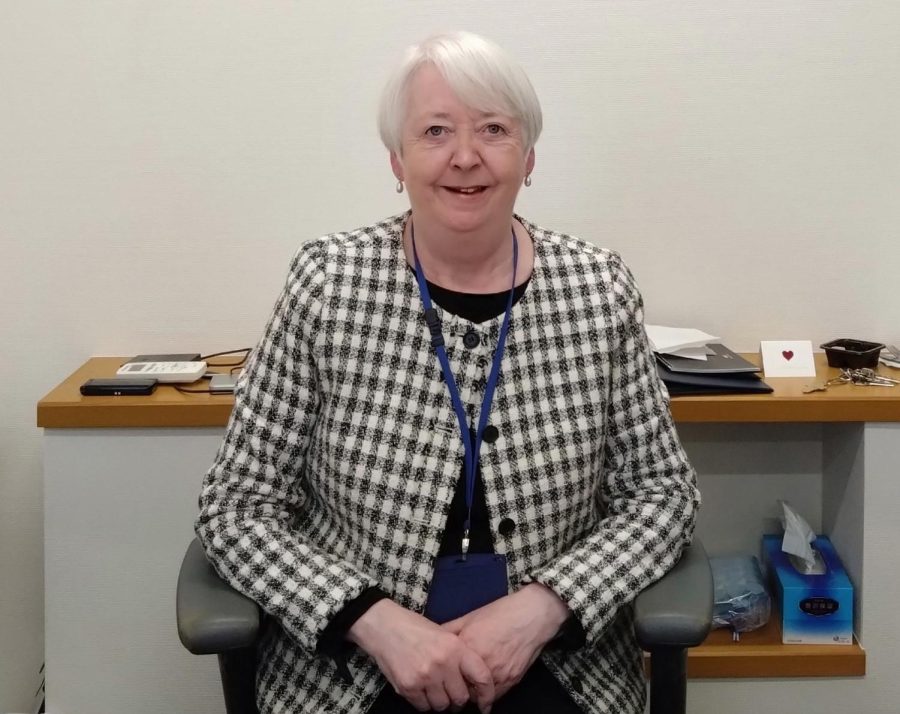The hurdles and benefits of being bilingual
According to BBC’s article on “The Amazing Benefits of Being Bilingual”, around 60-75% of the people in this world speak two or more languages. Being bilingual or multilingual was considered rare for teenagers around the early 1980s in Japan, but it’s becoming increasingly more common now. With multilingualism increasing, there is a strong indication that the majority of the people view multilingualism as an opportunity. However, the benefits of a multilingual upbringing come with challenges, and although there is an expanding international community, the constant tug-of-war between languages remains an issue which many bilingual speakers, such as Michelle Primaz Oliveira and Shreya Choudhary, face on a daily basis.
Waiting for the word to come out, Michelle’s classmates wait expectantly. She knows the word in English, it’s just not coming out of her mouth in Portuguese.
This scenario has happened countless times for Michelle Primaz Oliveira, a junior who has been attending the American school EARJ (Escola Americana do Rio de Janeiro) since she was three years old. While Michelle has lived her whole life in Brazil and both her parents are Brazilian and talk to her in Portuguese, her dominant language is English. For those who can afford it, studying at an international school instead of the local school is preferred in Brazil. Many Brazilian parents strongly believe that learning English will help their children acquire a better future because it helps them build important, worldwide connections. After graduating from Unisinos in Rio Grande do Sul, Michelle’s mother realized what a significant tool it was to be able to communicate in English and enrolled her daughter in an American school.

Her father, on the other hand, had different ideas. “My dad, he absolutely hates it. He wants me to get out of the American school and he’s tried that at least three times.” She gives a light-hearted laugh, but when asked why her father disagrees so strongly, her face clouds over. “It’s because he thinks that I won’t get out of Brazil. He thinks that I’m going to stay here and since Portuguese is my weaker language, [he thinks] that I’m not going to do as well as I could have. I want to go outside of Brazil [for university], but I don’t know how realistic it is. I hope I will, but maybe I’ll have to stay.”
Across the Atlantic Ocean from Brazil is Mumbai, a vibrant city in India which is said to never sleep. There lives Shreya Choudhary, a junior studying at D.Y. Patil International School. A former classmate of Michelle, Shreya lived in India until the age of eight when her family moved to Rio and she attended the American school there, propelling her into pursuing her education in English. After four years studying at the American school, Shreya moved back to Mumbai, India and continued her studies in English. Now, Shreya considers her dominant language as English rather than Hindi. At times, this can leave her feeling uncomfortable when conversing in Hindi since her vocabulary is not as extensive as her English. However, since Mumbai is a large city with clusters of people from various backgrounds, Shreya and her family view being multilingual as a “basic necessity” and are open to a bilingual upbringing. Shreya’s parents themselves speak both Hindi and English, having taken compulsory English classes throughout their university years, and have created a supportive environment for Shreya where she can practice speaking both in Hindi and in English with her parents.
Michelle and Shreya’s experiences reveal how juggling multiple languages can give rise to various challenges. One of the challenges Michelle has pointed out is how her limited vocabulary in Portuguese prevents her from expressing herself the way she could in English. Without the proper vocabulary, it often becomes frustrating and perplexing to try to communicate her thoughts because of the constant translation of words from English to Portuguese.
This can sometimes lead to creating a new hybrid form of language. Shreya talks about her experience with “Hinglish”, the mixing of both Hindi and English vocabulary into one sentence. While to some cultures it may seem unnatural mixing two separate languages into one, Hinglish is widely accepted throughout India and has been incorporated into their texting culture. “People who speak multiple languages in a sophisticated way are viewed as intellectual,” Shreya explains. While speaking or texting in Hindi, adding in an English word in the middle of a sentence is considered stylish amongst the urban crowd.

It may seem like being bilingual can cause people to feel isolated or stuck between two cultures, however, Michelle disagrees. Being in an international school taught her how she is surrounded by people who come from a similar background. “I guess it’s like everyone is on the same page, so while I say a word in English while talking in Portuguese, somebody might jump in and say a word in Spanish.” Despite the language barriers she faces, there’s a whole community around her that supports her and understands what she’s going through.
Interestingly, Michelle also pointed out how speaking in Portuguese shifted the way she presented herself. “Brazil is a very different culture and it’s more open and loud, so I’ll start speaking louder compared to if I’m speaking to a friend from another culture.” Being bilingual isn’t solely based on speaking another language, the culture of that language also shapes how people speak and how they express their emotions to other people. In other words, Michelle has started to master the skill of code-switching, the ability to jump back and forth between two languages.
However, code-switching is something difficult to control, and not something you can consciously switch on and off. Shreya recounts her experience where she tried to recall some words and expressions in Hindi that she wanted to translate to English. One Hindi expression, “jigar ka tukra,” literally translates to “piece of liver,” but holds a special meaning of describing something or someone that is precious or beloved. Just like how “jigar ka tukra” holds feelings of endearment in Hindi, there are some words and expressions that the Hindi-English dictionary is unable to translate fully without losing their authentic meaning.

Michelle and Shreya may prefer speaking in English, but that doesn’t change Shreya’s passion for her Indian heritage, or being a true Brazilian carioca in Michelle’s case. “I love how open we are; Brazilians tend to be very welcoming, very loud, a lot of partying, and I like that about it. You don’t have to know that person for months to call them a friend. Some cultures are more closed, we’re more intimate; we like to touch and dance. Portuguese is a language where you can play with the accents, I find that fun. For English, I love the vocabulary like ‘eloquent’ and ‘desire’, they just sound so nice.”
Shreya explains that what she loves about Hindi is how it can unite people across India, since people are constantly speaking in different languages and dialects depending on the region. (According to the Eighth Schedule of the Indian Constitution, there are 22 different Indian languages). In addition to that, Shreya is proud of how Hindi is a language with a long history. “Many words are derived from Hindi and I love the fact that you can express everything easily using Hindi vocabulary; the words are quite precise.” What Shreya finds the most fascinating about the English language is how wherever you go in the world, most people either speak English fluently or are learning it as their second language. In other words, English has embedded itself into other cultures.
Being brought up in a bilingual background may feel like continuously bouncing between two languages back and forth with the occasional stumble over words, or a fumbling shift between bodies of cultures that regularly mesh and separate throughout the day. As important as it is to maintain the native tongue, it is just as important to pick up other languages because society is globalizing and people must find a way to keep pace with it, just like Michelle’s mother’s wish for her daughter to learn English. Shreya and Michelle’s bilingual upbringing have taught them to persevere through their daily struggles, and have allowed them to start viewing the world from a more adaptable, open-minded perspective—an essential approach for living in an increasingly diverse world.
























































